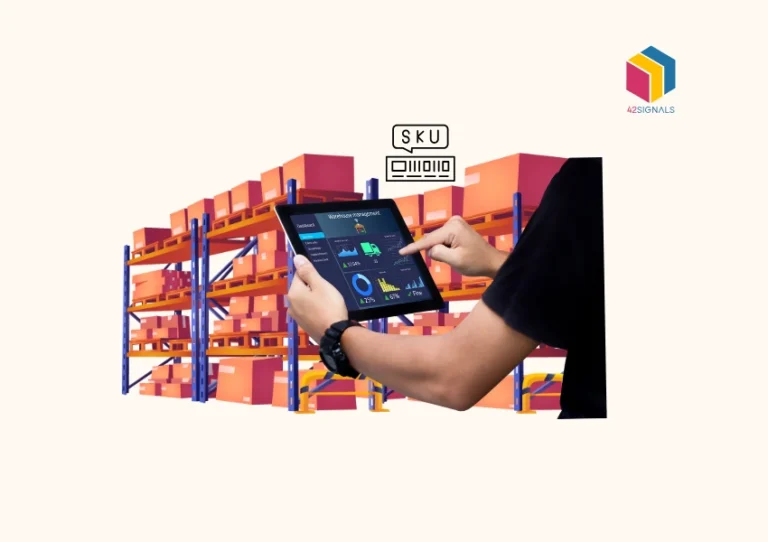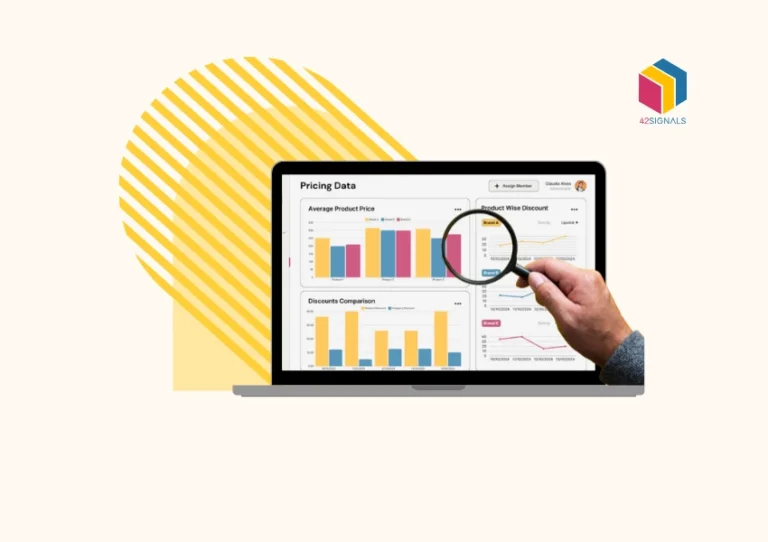The CPG (consumer packaged goods) sector is characterized by high competition, rapid changes in consumer preferences, and the constant pressure to optimize supply chain efficiency. One of the key areas where CPG companies can drive innovation is through effective demand forecasting and strategic promotions. These two elements, when combined, can significantly enhance operational efficiency, customer satisfaction, and ultimately, profitability.
Jagat J Saikia, a seasoned analytics expert with a focus on CPG, retail, and e-commerce, shares insights on leveraging AI and advanced analytics to revolutionize demand forecasting and promotions.
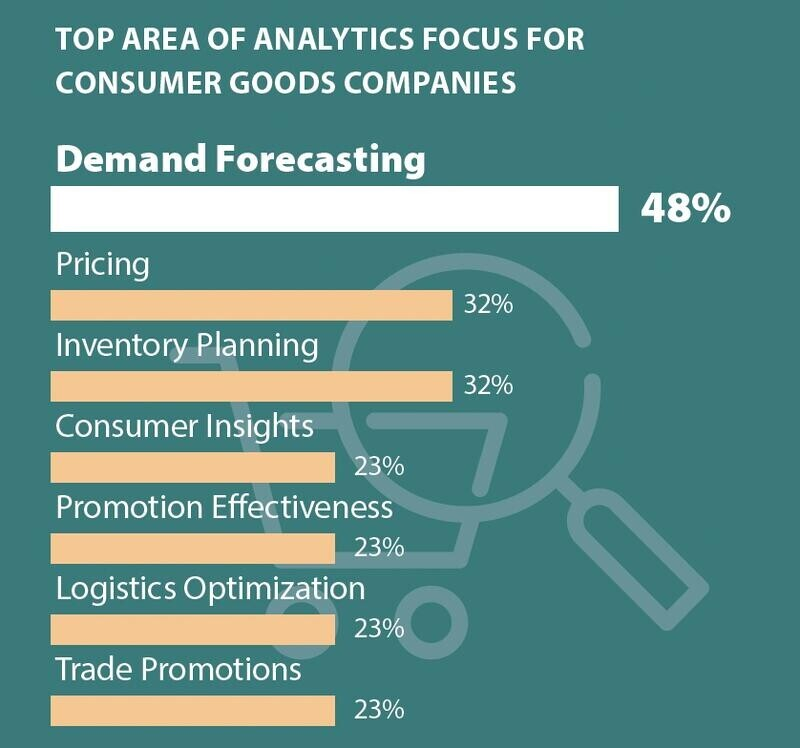
Image Source: LinkedIn
Why Demand Forecasting is Key to CPG Innovation?
Market needs forecasting is the process of predicting future consumer demand using historical data, market analysis, and various statistical tools.
Jagat says, “Delivering the right products at the right time and price, thanks to precise demand forecasting, is at the heart of customer satisfaction.”
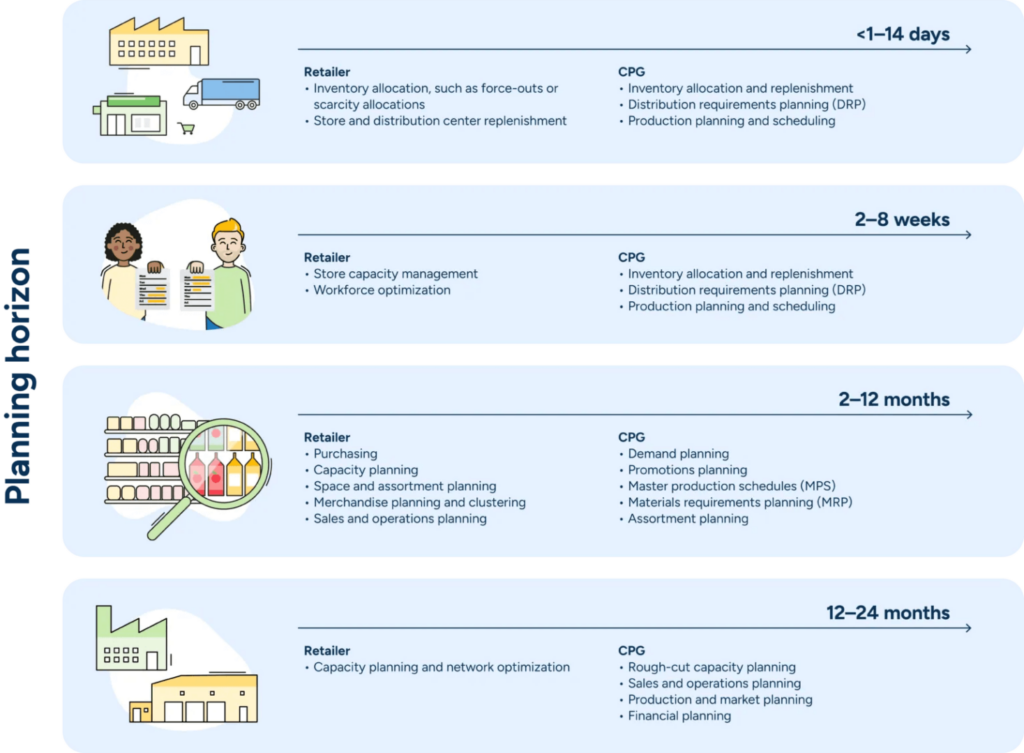
Image Source: Relex Solutions
In the CPG industry, accurate forecasting is crucial for several reasons:
1. Optimizing Inventory Management
By predicting demand accurately, companies can maintain optimal inventory levels, reducing the risk of overstocking or stockouts. This not only cuts down on storage costs but also ensures product availability for consumers.
2. Improving Supply Chain Efficiency
Accurate forecasts enable better planning and coordination across the supply chain. This leads to more efficient production schedules, reduced lead times, and lower transportation costs.
3. Enhancing Customer Satisfaction
Meeting consumer demand consistently leads to higher customer satisfaction and loyalty. When customers find their preferred products readily available, they are more likely to become repeat buyers.
4. Driving Product Development
Understanding demand trends helps companies innovate and develop new products that align with consumer needs and preferences.
How to Integrate Promotions with Demand Forecasting?
Promotions are a vital tool in the CPG marketer’s arsenal. However, their effectiveness largely depends on how well they are integrated with market need forecasting. Promotions can significantly impact consumer buying behavior, and without accurate forecasting, they can lead to either lost sales opportunities or excess inventory.
To truly optimize promotion ROI, it’s essential to measure their impact accurately. Market need forecasting provides a baseline for comparing actual sales with predicted sales during promotional periods. This enables companies to identify successful promotions and refine future strategies.

Image Source: Relex Solutions
In Jagat’s experience, a major CPG company used forecasting to optimize its holiday promotions while selling on a leading ecommerce marketplace in the USA. He says –
I looked at SKU-level performance at Campaign levels (Sponsored Brands, Sponsored Brand Videos, Sponsored Products, etc.). We replaced time & data-intensive manual file gathering and consolidation with automated report extraction, Cloud for data storage/cleansing, and advanced visualization tools for detailed SKU Management.
By predicting product category performance, and benchmarking with Share of Search and Competitive Intel, we allocated promotional budgets effectively, resulting in a 10% increase in promotional ROI compared to the previous year.
Here are a few ways in which accurate demand forecasting helps –
1. Predicting Promotion Impact
By analyzing past promotion data, companies can predict the impact of future promotions on demand. This allows for better planning and more effective allocation of promotional resources.
2. Optimizing Promotion Timing
Market needs forecasting can help identify the best times to run promotions. For instance, if forecasts predict a slump in sales during a particular period, a well-timed promotion can help boost demand.
3. Customizing Promotions
Understanding demand patterns enables companies to tailor promotions to specific consumer segments. Personalized promotions are more likely to resonate with consumers and drive higher sales.

Image Source: Dealavo
By anticipating demand fluctuations better, businesses can strategically time promotions to maximize their impact. Demand forecasting greatly enables granular insights into consumer behavior, allowing for hyper-personalized promotions.
Jagat remembers a digitally native beauty brand that was analyzing purchase history to offer tailored product bundles or discounts. They were curious to implement this to increase customer satisfaction, boost sales, and improve their key Customer KPIs.
By integrating forecasting into promotion planning and evaluation, they were able to make data-driven decisions, optimize resource allocation, and ultimately drive higher returns on promotional investments.
Challenges and Solutions Implementing Market Need Forecasting
Despite the benefits, integrating demand forecasting and promotions is not without challenges. Common issues include data quality, the complexity of predictive models, and the dynamic nature of consumer behavior.
- Data Quality: Accurate forecasting relies on high-quality data. Companies must invest in robust data collection and management systems to ensure the integrity of their forecasts.
- Complexity of Models: Advanced forecasting models can be complex and require specialized skills to develop and interpret. Collaborating with experts and investing in training can help overcome this challenge.
- Dynamic Consumer Behavior: Consumer preferences can change rapidly, making it difficult to predict demand accurately. Continuous monitoring and updating of forecasts are essential to stay ahead of these changes.
One of the major challenges faced by a CPG company was frequent stockouts and ineffective promotions due to inaccurate forecasts. Jagat, as a CPG executive, narrates –
I’ve seen firsthand how integrating market needs forecasting into promotional planning can drive remarkable results. With the right tools, we implemented advanced analytics and machine learning, improving forecast accuracy and better inventory management.
The results were remarkable.
In a short time, we achieved a 5% reduction in stockouts and a 3% increase in inventory turnover. This highlights the importance of understanding product-specific demand patterns (smooth, intermittent, erratic) to set realistic expectations and tailor forecasting methods.
By doing so, the CPG company was able to optimize inventory levels and promotional planning, preventing overstocks and understocks, and identified inherent inaccuracies in the data (shipments, inventory, POS) which impacted the resulting forecasts.
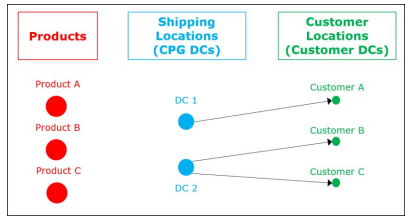
Image Source: Support.sas
The bottom line? With accurate forecasting, companies can make smarter decisions, optimize resources, and unleash the full potential of their promotional investments.
The Future of CPG Innovation through Forecasting and Promotions
Looking ahead, the integration of demand forecasting and promotions will continue to be a critical driver of innovation in the CPG industry. As technology evolves, companies will have access to even more sophisticated tools for predicting demand and tailoring promotions.
- Real-time Forecasting: Advances in technology will enable real-time forecasting, allowing companies to respond more quickly to changes in the market. Tools like 42Signals enable a better understanding of the market landscape and industry trends that drive accurate decision-making.
- Personalized Promotions: The future of promotions lies in personalization. By leveraging consumer data, companies can create highly targeted promotional campaigns that drive higher engagement and sales.
- Sustainable Practices: Accurate market need forecasting can also contribute to sustainability efforts by reducing waste and optimizing resource use.
Jagat says, the CPG industry is at the cusp of a new era of innovation in forecasting and promotions, driven by powerful AI-powered models, sophisticated algorithms, and deep insights. The future of CPG will be defined by hyper-personalized products, services, and experiences.
Powered by AI and big data, companies will gain an intimate understanding of individual consumers, enabling them to tailor offerings to engage customers and optimize marketing ROI. Promotions will evolve from generic mass-market campaigns to highly targeted, contextually relevant interactions delivered through the customer’s preferred channels.
Conclusion
The synergy between demand forecasting and promotions is a powerful catalyst for innovation in the CPG industry.
With Jagat’s vast experience in the field, he has seen his share of challenges and implemented effective strategies to overcome them.
As the industry continues to evolve, accurate forecasting has become the need of the hour. Companies that dedicate time and resources to CPG innovation are posed to grow and become market leaders in their category.
To stay ahead in the evolving CPG landscape, leveraging accurate demand forecasting and effective promotional strategies is crucial. Discover how 42Signals can help you transform your approach and drive innovation. Schedule a demo with us today!

